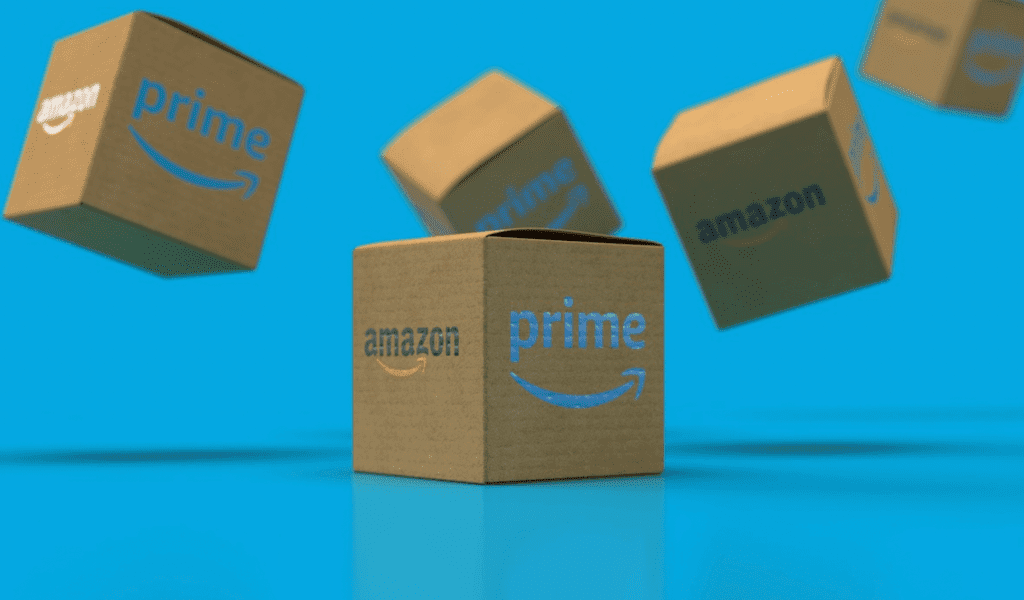Overview of Multichannel eCommerce
Multi-channel selling has become a popular & effective strategy for e-commerce businesses, allowing sellers to expand their reach, tap into new customer segments, and diversify revenue streams. However, managing inventory across multiple platforms can be a complex & daunting task, with the potential for stockouts, overstocking, and logistical hiccups.
In this article, we’ll explore the unique challenges of inventory management for multi-channel e-commerce sellers, offer practical tips and strategies for success, and discuss how using inventory management software and tools can streamline your operations & boost your business’s bottom line.
Understanding the Challenges of Multi-channel Inventory Management
As an e-commerce seller, you’ve likely experienced firsthand the challenges of managing inventory for a single online store. When you expand to multiple platforms, such as Amazon, eBay, Shopify, or Etsy, the complexity of inventory management increases exponentially. Some of the most common challenges include:
Keeping track of inventory levels across all channels: It can be difficult to maintain an accurate, real-time overview of your inventory levels when selling on multiple platforms, increasing the risk of stockouts or overstocking.
Synchronizing inventory updates: Ensuring that inventory information is up-to-date across all channels is crucial to avoid overselling or underselling your products.
Forecasting demand: Predicting sales & demand across various channels can be challenging, making it harder to plan inventory replenishment and avoid stockouts or overstocking.
Managing orders and logistics: Processing orders, shipping products, and managing returns from multiple channels can be time-consuming & prone to errors, affecting customer satisfaction and trust.
Maintaining consistent product listings: Ensuring that product information, pricing, & promotions are consistent across all channels can be a complex task, but it’s essential for a seamless & cohesive customer experience.
Practical Tips & Strategies for Multi-channel Inventory Management Success
Centralize Your Inventory Management
A centralized inventory management system is crucial for maintaining an accurate & up-to-date overview of your stock levels across all channels. This system should allow you to track inventory in real-time, synchronize updates across all platforms, and provide insights into sales data & trends. By centralizing your inventory management, you can reduce the risk of stockouts or overstocking, optimize order processing, and enhance overall operational efficiency.
Implement Automated Inventory Synchronization
Manually updating inventory information across multiple platforms can be time-consuming, error-prone, and ultimately unsustainable as your business grows. Implementing automated inventory synchronization can help ensure that your stock levels are accurately & consistently updated across all channels, reducing the risk of overselling or underselling your products.
Many inventory management software & tools offer automated synchronization features, allowing you to connect your various sales channels and streamline your inventory updates. By automating this process, you can save time, reduce human error, and maintain a more accurate inventory count.

Develop a Robust Demand Forecasting Process
Accurate demand forecasting is essential for effective multi-channel inventory management, allowing you to plan inventory replenishment & minimize the risk of stockouts or overstocking. Start by analyzing historical sales data from each channel, identifying trends, seasonality, and other factors that may influence demand.
Additionally, consider external factors such as market trends, competitor activities, and economic indicators that may impact your sales. By developing a robust demand forecasting process, you can better predict & plan for fluctuations in demand, optimizing your inventory levels & enhancing overall business performance.
Streamline Order Processing and Logistics
Efficient order processing & logistics management are critical for multi-channel e-commerce sellers, as delays or errors can negatively impact customer satisfaction & trust. Develop a standardized process for handling orders from all channels, and ensure that your team is well-trained and equipped to manage the increased workload.
Consider partnering with third-party logistics (3PL) providers or leveraging fulfillment services like Amazon FBA (Fulfillment by Amazon) to streamline your shipping and logistics operations. These services can help you manage order fulfillment more efficiently, save time and resources, and provide a seamless & reliable experience for your customers.
Maintain Consistent Product Listings Across Channels
Consistency is key when it comes to providing a cohesive & seamless shopping experience for your customers. Ensure that product information, pricing, and promotions are consistent across all your sales channels to avoid confusion and build trust.
Use a product information management (PIM) system or inventory management software with multi-channel listing capabilities to simplify this process. These tools can help you centralize your product data & automatically update your listings across all channels, saving time and reducing the risk of errors or inconsistencies.
Monitor and Optimize Your Inventory Performance
Regularly monitoring & analyzing your inventory performance across all channels is crucial for identifying areas of improvement and optimizing your multi-channel inventory management strategy. Track key performance indicators (KPIs) such as stock turnover rate, sell-through rate, and gross margin return on investment (GMROI) to assess the efficiency & profitability of your inventory management.
By closely monitoring your inventory performance, you can make data-driven decisions on inventory replenishment, pricing strategies, and channel-specific promotions, ultimately enhancing your business’s bottom line.

Leveraging Inventory Management Software and Tools
As your e-commerce business grows & expands to multiple channels, investing in inventory management software & tools becomes increasingly important. These solutions can help you centralize your inventory management, automate inventory synchronization, streamline order processing, and gain valuable insights into your inventory performance.
When selecting inventory management software, consider the following features & capabilities:
Multi-channel integration: Ensure that the software can integrate with all the sales channels you’re using, allowing for seamless synchronization & inventory management.
Real-time inventory tracking & updates: Look for solutions that provide real-time inventory tracking and automatic updates, ensuring accurate and up-to-date stock levels across all channels.
Demand forecasting & analytics: Choose software that offers robust demand forecasting and analytics features, helping you optimize inventory levels & make data-driven decisions.
Scalability and flexibility: Select a solution that can grow with your business & adapt to your changing needs as you expand your product range or enter new markets.
Ease of use and customer support: Opt for software with an intuitive interface and strong customer support, ensuring a smooth implementation process & ongoing success.
Some popular inventory management software options for multi-channel e-commerce sellers include Skubana, SellerActive, Zoho Inventory, and Orderhive. Before making a decision, research & compare different solutions, and take advantage of free trials to find the best fit for your business.
Final Analysis
Navigating the challenges of multi-channel inventory management can be complex & demanding, but with the right strategies & tools in place, your e-commerce business can thrive in this competitive landscape. By centralizing your inventory management, implementing automated synchronization, developing a robust demand forecasting process, streamlining order processing, and maintaining consistent product listings, you can optimize your multi-channel inventory management and drive business success.

Investing in inventory management software & tools can further streamline your operations, enhance efficiency, and provide valuable insights for data-driven decision-making. By embracing these strategies and technologies, your e-commerce business will be well-equipped to navigate the complexities of multi-channel inventory management & achieve long-term growth and profitability.
Another option is hiring an Amazon FBA Automation company to help manage your inventory or automate your store entirely.


